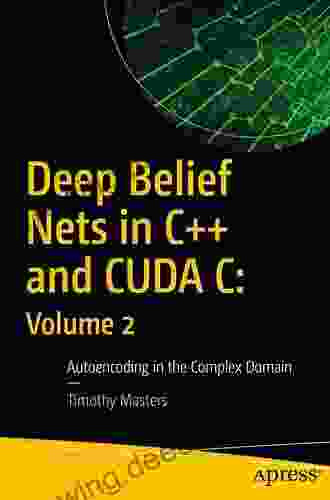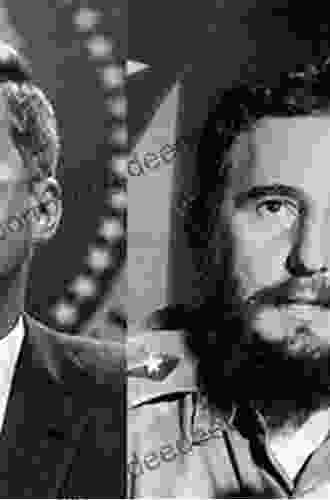Autoencoding in the Complex Domain: A Comprehensive Guide

Autoencoders are a type of neural network that has been widely used in a variety of applications, including image processing, natural language processing, and signal processing. Autoencoders learn to represent data in a compressed form, which can be useful for tasks such as dimensionality reduction, denoising, and feature extraction.
Traditional autoencoders operate on real-valued data. However, in many applications, the data is complex-valued. Complex-valued data occurs when the data has both a real and imaginary part. Examples of complex-valued data include images, audio signals, and radar signals.
Autoencoders that operate on complex-valued data are called complex autoencoders. Complex autoencoders have been shown to be effective for a variety of tasks, including image denoising, image compression, and radar signal processing.
5 out of 5
| Language | : | English |
| File size | : | 10147 KB |
| Text-to-Speech | : | Enabled |
| Screen Reader | : | Supported |
| Enhanced typesetting | : | Enabled |
| Print length | : | 361 pages |
In this article, we provide a comprehensive overview of autoencoders in the complex domain. We discuss the different types of complex autoencoders, their applications, the challenges associated with training complex autoencoders, and future directions for research in this area.
There are two main types of complex autoencoders:
- Complex-valued autoencoders: These autoencoders operate directly on complex-valued data. The input and output of these autoencoders are both complex-valued.
- Real-valued autoencoders with complex weights: These autoencoders operate on real-valued data. However, the weights of these autoencoders are complex-valued.
Complex-valued autoencoders are more general than real-valued autoencoders with complex weights. Complex-valued autoencoders can learn to represent both the real and imaginary parts of the data. Real-valued autoencoders with complex weights can only learn to represent the real part of the data.
Complex autoencoders have been used in a variety of applications, including:
- Image denoising: Complex autoencoders can be used to remove noise from images. Complex autoencoders are particularly effective at removing noise from images that have a complex structure, such as images of natural scenes.
- Image compression: Complex autoencoders can be used to compress images. Complex autoencoders are able to achieve higher compression rates than traditional image compression algorithms.
- Radar signal processing: Complex autoencoders can be used to process radar signals. Complex autoencoders can be used to detect objects in radar signals and to classify objects in radar signals.
- Natural language processing: Complex autoencoders can be used to process natural language data. Complex autoencoders can be used to represent the meaning of words and phrases and to generate new text.
Training complex autoencoders can be challenging. The main challenge is that the complex-valued data is not as well-behaved as real-valued data. The complex-valued data can have a large dynamic range and can be highly non-linear.
Another challenge is that the complex-valued data is often difficult to visualize. This can make it difficult to understand how the complex autoencoder is learning.
There are a number of promising directions for future research in the area of complex autoencoders. One direction is to develop new complex autoencoder architectures. Another direction is to develop new training algorithms for complex autoencoders. Finally, another direction is to explore new applications for complex autoencoders.
Complex autoencoders are a powerful tool for representing and processing complex-valued data. Complex autoencoders have been shown to be effective for a variety of tasks, including image denoising, image compression, and radar signal processing. As research in this area continues, we can expect to see complex autoencoders used in a wider range of applications.
5 out of 5
| Language | : | English |
| File size | : | 10147 KB |
| Text-to-Speech | : | Enabled |
| Screen Reader | : | Supported |
| Enhanced typesetting | : | Enabled |
| Print length | : | 361 pages |
Do you want to contribute by writing guest posts on this blog?
Please contact us and send us a resume of previous articles that you have written.
 Book
Book Novel
Novel Page
Page Chapter
Chapter Text
Text Genre
Genre Magazine
Magazine Newspaper
Newspaper Sentence
Sentence Bookmark
Bookmark Shelf
Shelf Synopsis
Synopsis Annotation
Annotation Footnote
Footnote Tome
Tome Bestseller
Bestseller Library card
Library card Narrative
Narrative Biography
Biography Thesaurus
Thesaurus Librarian
Librarian Catalog
Catalog Card Catalog
Card Catalog Borrowing
Borrowing Stacks
Stacks Archives
Archives Periodicals
Periodicals Research
Research Scholarly
Scholarly Reserve
Reserve Academic
Academic Special Collections
Special Collections Interlibrary
Interlibrary Study Group
Study Group Thesis
Thesis Dissertation
Dissertation Awards
Awards Book Club
Book Club Theory
Theory Textbooks
Textbooks Katherine Poulton
Katherine Poulton Ethem Alpaydin
Ethem Alpaydin Michael Edwards
Michael Edwards Tori D
Tori D Tiana Warner
Tiana Warner Laura Ingalls Wei
Laura Ingalls Wei Sakahiki
Sakahiki Bruce Loeffler
Bruce Loeffler Agnes Gomillion
Agnes Gomillion Arthur Zulu
Arthur Zulu Stewart Ross
Stewart Ross Cynthia Brideson
Cynthia Brideson John Rowan
John Rowan Debra Lynn
Debra Lynn Adrien Kron
Adrien Kron Niranjan Bhattacharya
Niranjan Bhattacharya Hannah Beckerman
Hannah BeckermanStan Bendis Kutcher
 Louisa Harding
Louisa Harding Jonathan Biss
Jonathan Biss
Light bulbAdvertise smarter! Our strategic ad space ensures maximum exposure. Reserve your spot today!

 Robert Louis StevensonThe Surprising History of America's Favorite Welfare Program: Politics and...
Robert Louis StevensonThe Surprising History of America's Favorite Welfare Program: Politics and...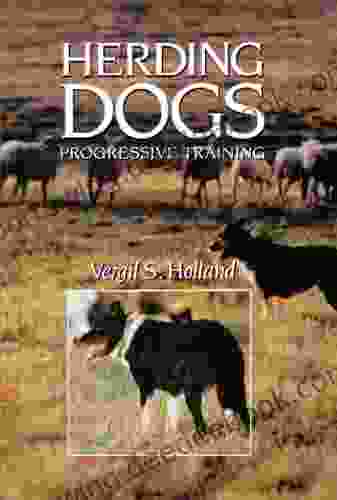
 Allen ParkerUnveiling the Secrets of Herding Dogs: A Progressive Training Guide by Vergil...
Allen ParkerUnveiling the Secrets of Herding Dogs: A Progressive Training Guide by Vergil... Brody PowellFollow ·3.1k
Brody PowellFollow ·3.1k Alan TurnerFollow ·7.7k
Alan TurnerFollow ·7.7k William WordsworthFollow ·18.9k
William WordsworthFollow ·18.9k James JoyceFollow ·10k
James JoyceFollow ·10k Manuel ButlerFollow ·17k
Manuel ButlerFollow ·17k Jean BlairFollow ·19.4k
Jean BlairFollow ·19.4k Caleb LongFollow ·6.8k
Caleb LongFollow ·6.8k Felix CarterFollow ·2.5k
Felix CarterFollow ·2.5k

 Darius Cox
Darius CoxThe Gathering Pacific Storm: An Epic Struggle Between...
The Gathering...
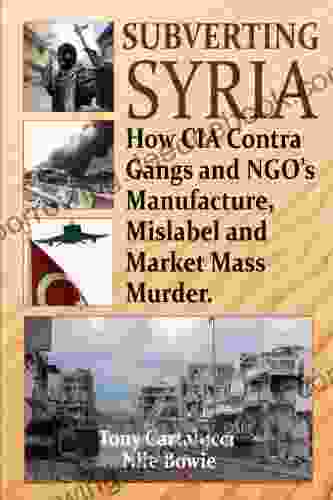
 Hugo Cox
Hugo CoxHow CIA-Contra Gangs and NGOs Manufacture, Mislabel, and...
In the annals of covert operations, the CIA's...

 Finn Cox
Finn CoxDr. Brandt's Billionaires Club Series: The Ultimate...
A Journey into the Pinnacle of...

 Isaac Asimov
Isaac AsimovCurrent Affairs Daily Digest 20180730 30th July 2024
National ...

 Felix Carter
Felix CarterBroadway Celebrates The Big Apple Over 100 Years Of Show...
Broadway Celebrates the Big Apple: Over 100...
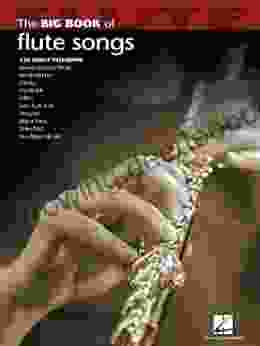
 Beau Carter
Beau CarterThe Big Book of Flute Solos: A Comprehensive Collection...
If you're a flute player,...
5 out of 5
| Language | : | English |
| File size | : | 10147 KB |
| Text-to-Speech | : | Enabled |
| Screen Reader | : | Supported |
| Enhanced typesetting | : | Enabled |
| Print length | : | 361 pages |


